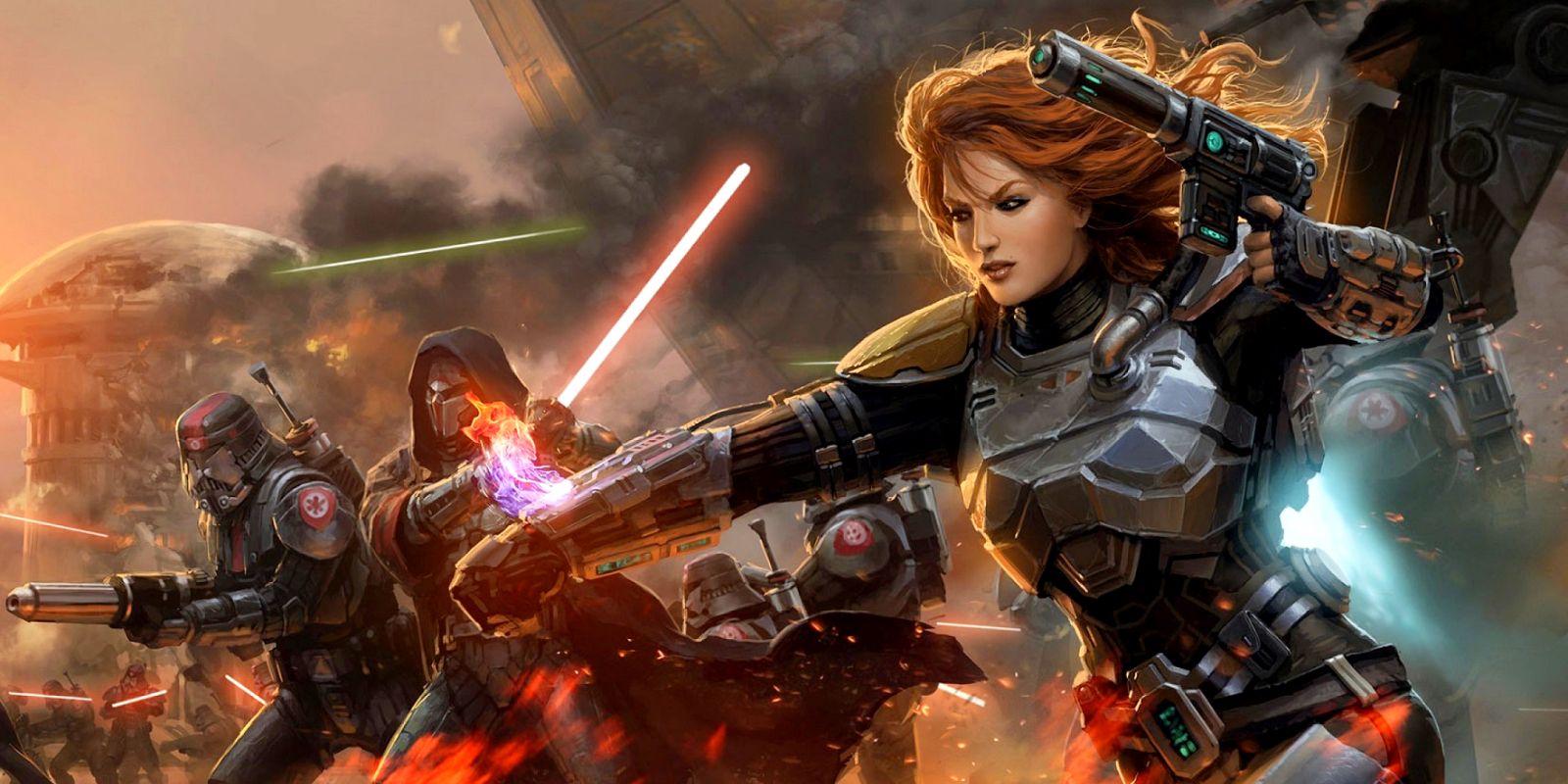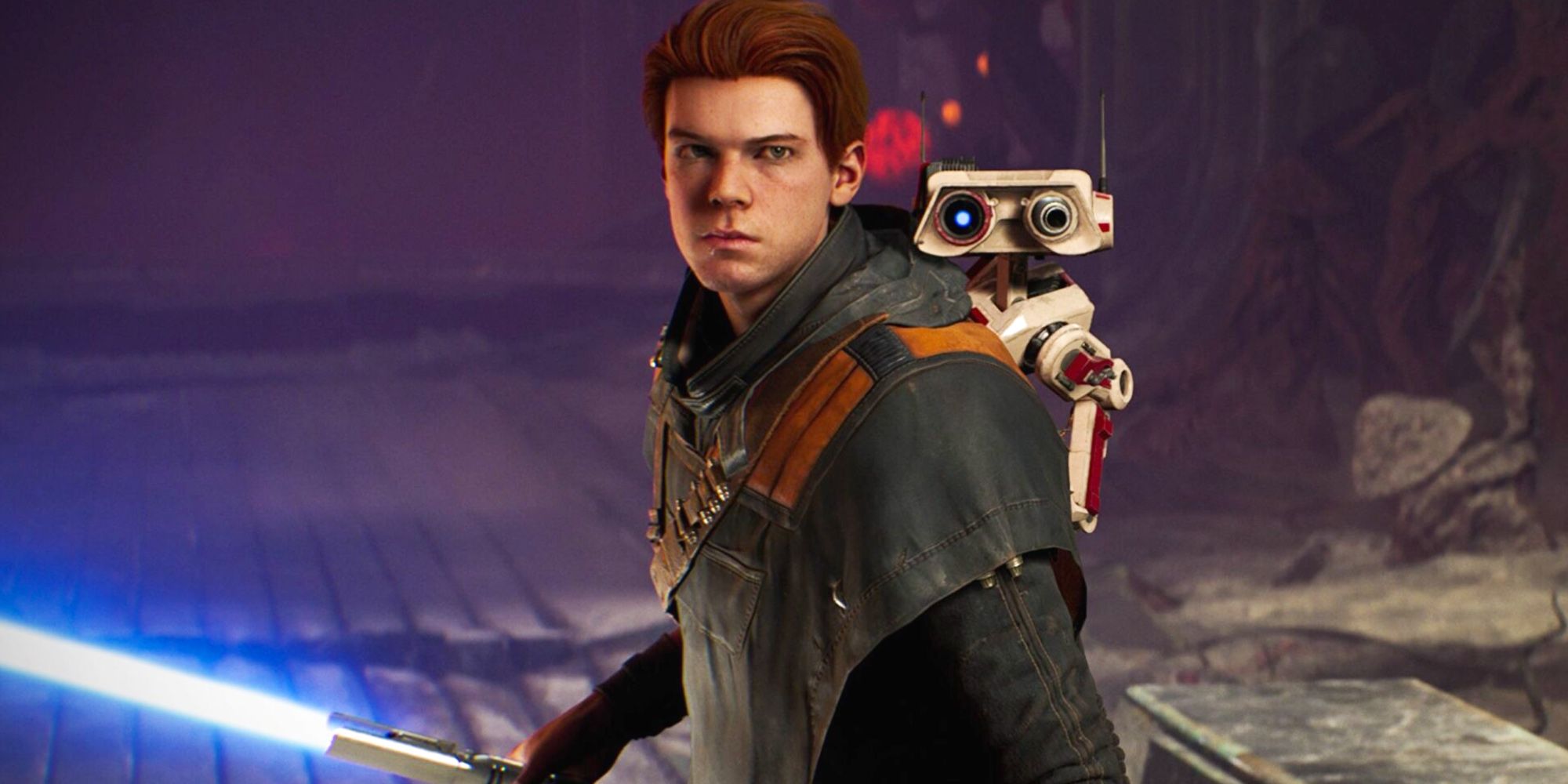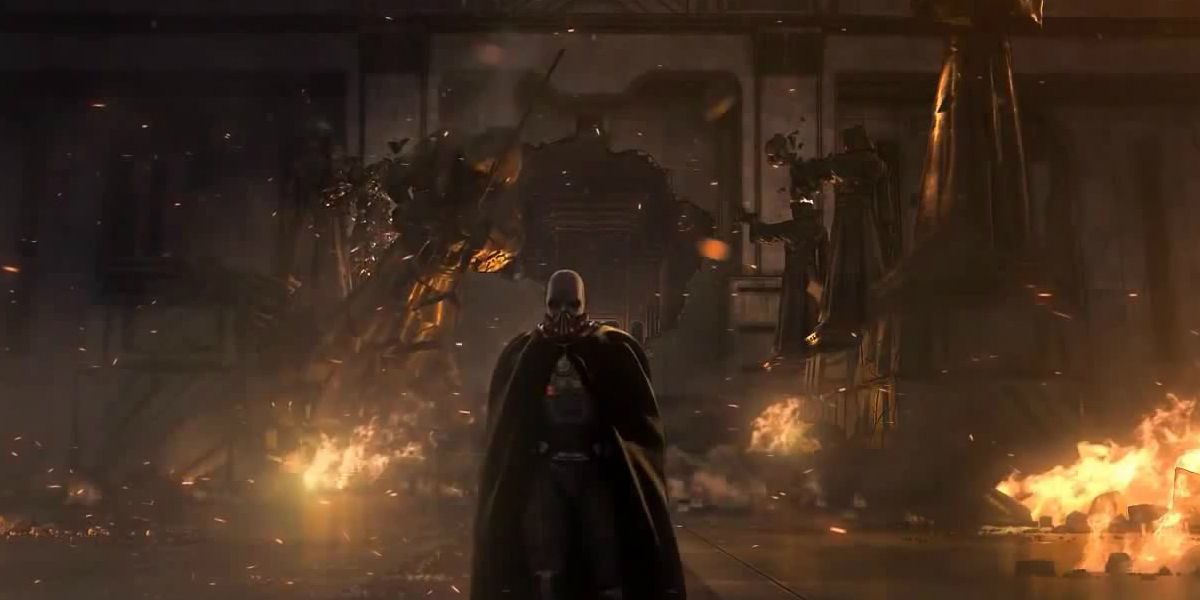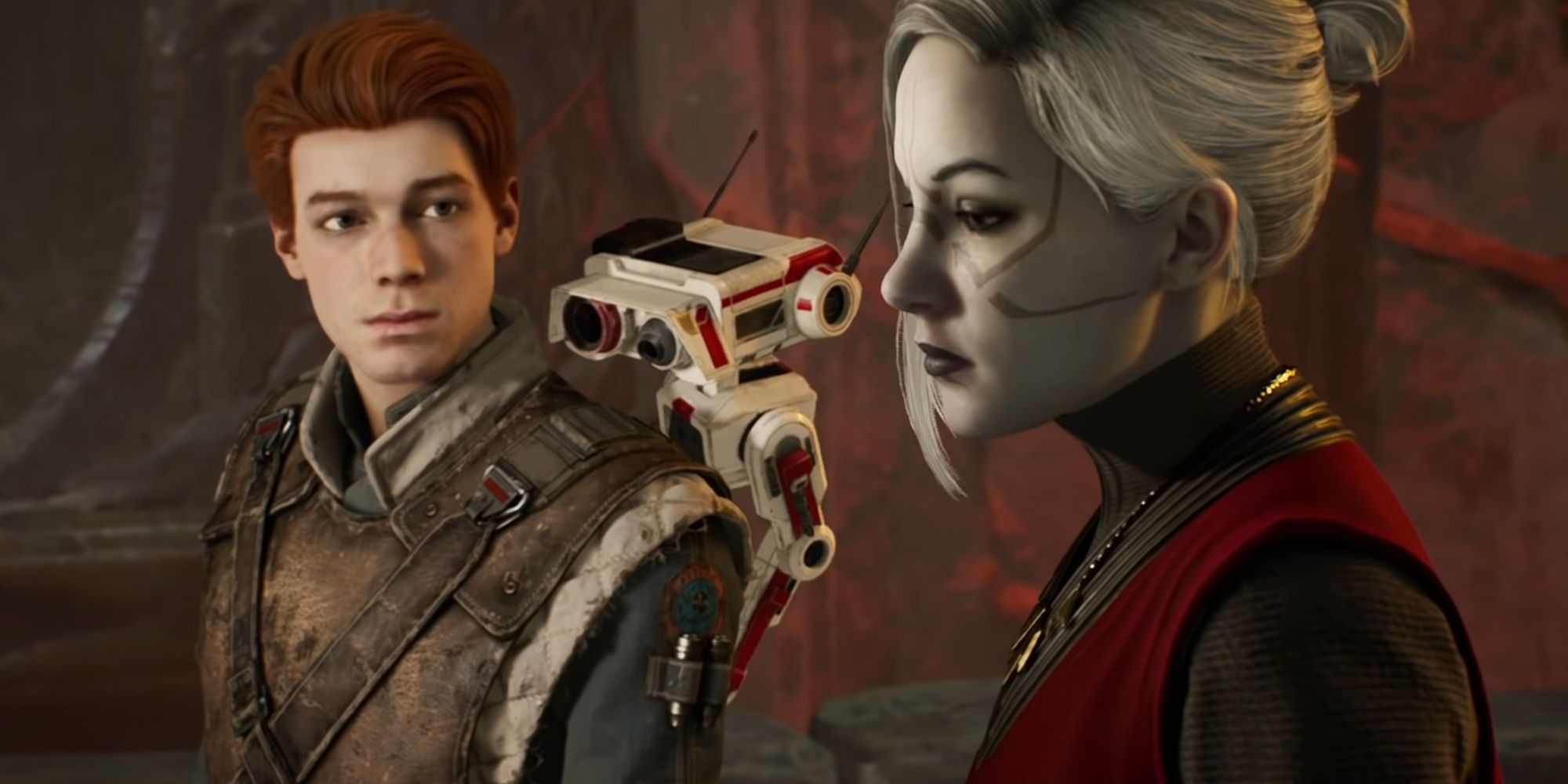The Star Wars franchise is most well-known for its accolades in movie theaters, but the best explorations of the fictional universe are in the video games. The first Star Wars release was in 1977, with Star Wars (later given the subtitle A New Hope) coming to theaters and introducing viewers to a galaxy far, far away. From there the franchise exploded, creating a cavalcade of sequels, prequels, spin-offs, television shows, books, comics, toys, and more. Star Wars is one of the most popular and well-known properties in the world, though it is still most noted for the collection of film trilogies exploring the story of the Skywalker family tree, the latest iteration being LEGO Star Wars: The Skywalker Saga's Galactic edition.
The series has also spawned a wide variety of video games, many of which are widely beloved or considered classics. The property's notable entries are too many to reasonably list, but include multiple game series, including Knights of the Old Republic, Battlefront, and LEGO Star Wars, as well as individual releases like Republic Commando, Squadrons, and Jedi: Fallen Order. With this quantity and variety of Star Wars video games, almost every player can name at least one title that they loved.
This is in stark contrast to the films, where most beyond the original trilogy are considered divisive at best (though all have been commercially successful). As Star Wars continues to grow under Disney's purview, it has become clear that video games are where the franchise has truly flourished and where it has the potential to tell the greatest stories yet, including exploring Star Wars eras that have gone underutilized. This may be a result of the intrinsic storytelling differences between games and other entertainment media. Where a film or book can only show a story in its world, a game has the unique capability to insert the player into that story and immerse them within the world.
Star Wars Games Have A Unique Storytelling Potential
Games have a unique capacity as an art form - the ability to insert the player into the story as a character. This potential immediately makes the player more invested in the game world because now they have a stake in it - the character's success is the player's success. One example is a Clone Wars fan game, Star Wars Redemption, which adds to the show by allowing the player to take part in the battles themselves. Additionally, it allows the player to personally interact with and help shape the adventure. With this interactivity, a Star Wars game is able to tell a different kind of story than a movie could, one that the player feels more personal attachment to.
The medium of a game also gives a distinct world-building advantage over a movie. A movie is expected to go from start to finish within a few hours, giving precious little time to provide exposition, show in-depth character relationships, or explore the setting. A game, on the other hand, can be expected to run for tens or potentially hundreds of hours depending on the genre, which allows for much greater opportunity to show the player all the rich details the universe has to offer, like KOTOR hiding it's best Tusken Raider story secrets. It has as much time as the player is willing to invest to delve into side stories, build relationships with companions, or simply explore.
Star Wars: The Old Republic Built A Complex Galaxy
A prime example of the world-building potential games can bring to the Star Wars universe is the ongoing MMORPG Star Wars: The Old Republic. The game takes place 300 years after the events of the Knights of the Old Republic series and allows players to pick a side in the war between the Galactic Republic and the Sith Empire. With this the game already has a leg up on the movies by showing stories from the rarely-seen perspective of the Empire. There are four playable classes within each faction (which still doesn't compare to the best Star Wars game, which is still playable), and each has a unique story that reveals a lot about the Star Wars universe, the societies therein, and each character's role within it. Each story has the player travel to at least a dozen planets, with every one having an additional quest line that shows the player more lore about the locale and the galaxy as a whole.
Where SWTOR really shines is in the variety of characters the player encounters in each class quest line. In SWTOR there are certainly characters that fit the stereotypes of the noble Republic and villainous Empire, but there are also inversions such as Jedi who are willing to sacrifice innocents for victory battling Sith who adhere to a strict code of honor. Most interestingly, there are characters who cannot be so easily defined as good or evil but have complex reasons and nuance to Star Wars' light/dark side choices. The most successful of these storylines can make players wonder if they really know which side is in the right, making the conflicts between the Republic and Empire more complex and real.
Jedi: Fallen Order Shows Video Games Provide More
Jedi: Fallen Order is one of the more recent Star Wars games to have come out, meaning that it is considered canon in the Disney Star Wars universe rather than a legend. As such, it provides the player with a deeper insight into the new official lore for the universe. The game, through dialogue and encyclopedia logs, shows a deeper dive into the history of the universe than the movies have given as well as explaining lore regarding Jedi, including the Jedi History of Cere, Cal's mentor. In addition, the game shows the power of characters, both their strength and vulnerability, in a way other Star Wars media rarely has.
Cal Kestis, the protagonist of the game, is a survivor of Order 66, which happened when he was just a child. The game shows the player the terror of that moment, and how the powerful Jedi were almost helpless in the face of the betrayal. It gave a sense of magnitude to the event in a way that has never been depicted before by forcing the player to try to survive it themselves. Similarly, a confrontation with Darth Vader in Fallen Order occurs which shows the terrifying power of the Sith Lord in a way unmatched by any other medium. Fallen Order provides a sense of power that a movie cannot by making the player experience the difficulty of a battle themselves rather than showing them somebody else's experience of it.
The Star Wars franchise is defined far more by its games than its movies. Much of the universe's lore, many of the complex and deep plot lines, and some of the best Jedi are only in Star Wars games. Entire Star Wars settings like the Old Republic have only been glimpsed in games. When compared to the mixed reception most of the movies have received, it's become clear that Star Wars is no longer defined by its portrayal in movie theaters but rather by the many games that are working to show players the extent of adventure available in the Star Wars universe.




